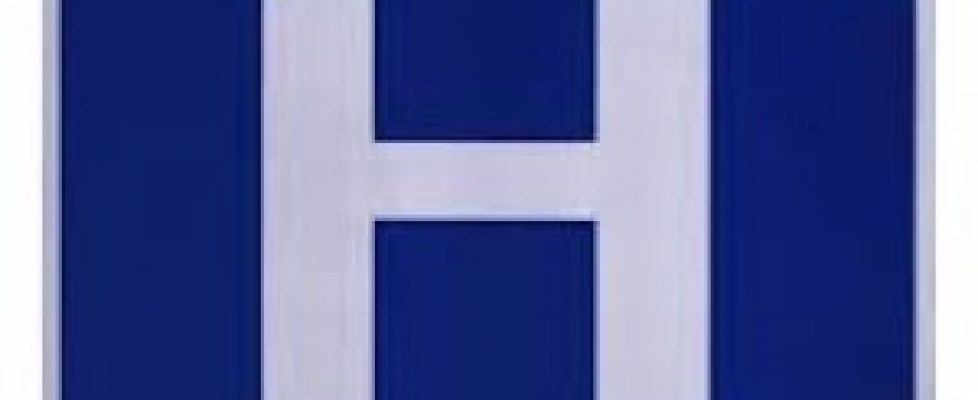How Remote Monitoring Tools Reduce Costs and Hospitalizations
A combination of providing higher quality of care and lowering organizational cost is what Bedford Nursing & Rehabilitation Center (BNRC) based in New Hampshire will accomplish by using remote patient monitoring technology.
By Vera Gruessner on
Remote monitoring tools could impact the healthcare sector in a variety of ways from reducing hospital readmissions and improving health outcomes to lowering costs and advancing quality care improvements. Bedford Nursing & Rehabilitation Center (BNRC) based in New Hampshire is one such organization that has seen the potential within remote monitoring tools.
BNRC has recently partnered with Geneia to adopt an analytics platform and remote monitoring tools to improve the quality of care across their facility. mHealthIntelligence.com spoke with John Turcotte, President and CEO at BNRC, and Deb Harpin, Director of Admissions at BNRC, to learn more about their remote monitoring implementation plans.

“For about 30 years beginning in the early 1980s, our facility had been operated by 3rd party operators,” John Turcotte began. “We reassumed control last September in large part because – the facility has been good to my family, we have a lot of committed staff, and we felt we owed an obligation to our resident populations. Our goal over the next few years is to rehabilitate the facility. We’re excited about this partnership opportunity with Geneia because it offers us the potential to bring the facility and care to a state-of-the-art level.”
When asked why they felt remote monitoring technology was right for their organization, Deb Harpin explained, “When we started looking at Geneia and what the technology had to offer, we were sitting down and trying to decide who and what we wanted to be. Ultimately in everything we’re doing right now, we want to be able to provide the highest quality of care possible at the lowest cost.”
“The remote monitoring coupled with the analytics platform gives us a powerful tool to lay a strong foundation for the focus of highest possible quality care at lowest cost for our residents,” Harpin continued. “It gives us a lot more opportunity to manage both our short-term and long-term population that are admitted into the facility. We’re seeing a lot more with our chronic diseases, congestive heart failure, diabetes and the comorbidities that go with these conditions. The monitoring is allowing us to intervene earlier and ultimately prevent costly hospitalizations.”
When asked what Turcotte and Harpin hope to achieve at Bedford Nursing from implementing the remote monitoring tools, Harpin spoke about having real-time access to data and trends about the facility’s patients. Having the tools necessary for more powerful analysis will lead to better care and lower costs across their organization.
“A lot of the information is there. The vital signs are being taken on a regular basis. Blood sugar is being taken on a regular basis. It’s taking a human to sit down and integrate all of the data from our clinical system, our pharmacy data, lab data, and vital signs. It’s relying on somebody physically doing the analysis. This is going to give us a really strong tool to do a lot of this analysis. It’s never going to replace the nurse or the MD, but it’s going to provide a lot more power to what they’re able to do.”
“The other advantage of the system is that these metrics get assembled in real-time,” Turcotte added. “We’re gathering all the information but it doesn’t get assembled into a single point until a later time when our staff has the opportunity to put it altogether. This system gathers all the information electronically and puts it in a single format.”
“We have a current resident here who’s 76 years old, has atrial fibrillation, congestive heart failure, diabetes, hypertension, and dementia,” Harpin spoke about a patient. “Having been her nurse prior, she’s alert, she’s conversant, but not able to articulate when she’s experiencing an episode of atrial fibrillation or breathing difficulty. The real-time data and clinical alert settings show if her congestive heart failure may be exacerbating. We’re going to be able to intervene clinically before it becomes anything acute.”
When asked whether they predict hospitalization rates to decrease and health outcomes to improve after integrating the remote monitoring tools, Harpin confirmed, “Absolutely. We’re going to be able to intervene earlier and not all of our folks are able to tell us when they’re experiencing something. In a skilled nursing facility, you don’t have the same state of the art technology that a hospital will have.”
Turcotte added that, “Typically, in a hospital, you have this type of monitoring going on constantly. Traditionally, skilled nursing facilities are not set up to provide that constant degree of monitoring because our residents are not bedridden as most people are in a hospital. This mobile technology allows us the flexibility to do more consistent and constant monitoring in a fragile population where that opportunity has not existed previously.”
Harpin spoke further about their plan to reduce healthcare costs throughout their facility with the implementation of the analytics platform.
“Our key set of metrics will help us identify what we are spending for the treatment of each person,” Harpin explained. “The goal is to lower costs. We’re a fairly low-cost provider for our area but I think we have a lot of room for improvement. Across the board, we’ll be able to look at the balance of high quality versus low cost.”
The Admissions Director concluded by discussing the implementation plans for both the Geneia analytics platform and the remote monitoring tools.
“We’re working right now on a plan for kicking off the implementation,” She continued. “We’ll be starting in late May/early June. We’re going to phase in. Our initial plan is to focus on the analytics platform and getting that integrated. We’re using Point Click Care for our clinical data, a separate system houses our pharmacy data, Therapute for therapy-related data, and Medicare data sets. This is going to give us the ability to integrate all of that into a single repository where we can identify our metrics and cost saving opportunities.”
“Once that is set, we will look at integrating the @home remote monitoring platform and the kits that go with that,” Harpin concluded. “The kit comes with a Samsung tablet. Each kit has some type of wireless technology tablet to report everything. It has a blood pressure monitor that transmits data wirelessly, an oxygen saturation machine for tracking oxygen, a scale for weight, and the bio-patch for heart rhythms and EKGs.”
BNRC and Geneia expressed excitement about the possibilities and benefits that will result from this new partnership.

